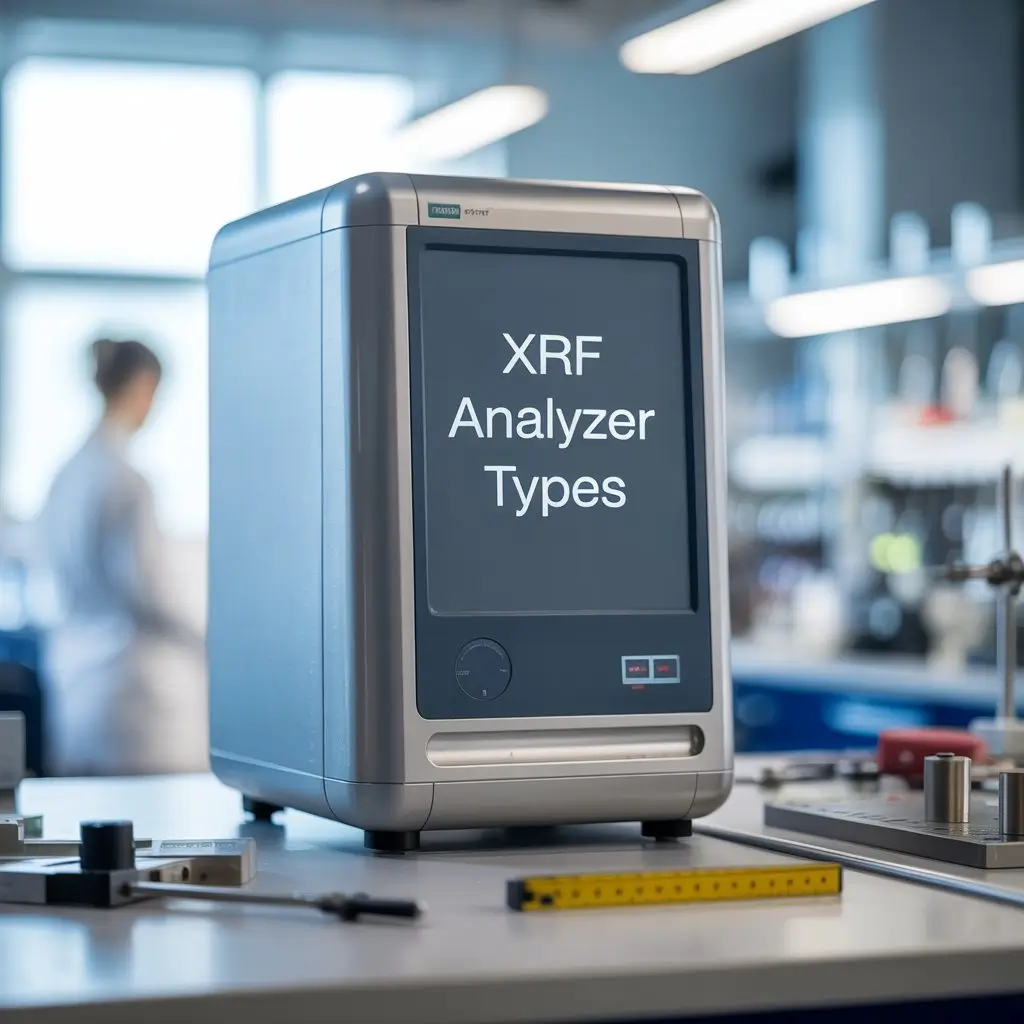
عند دراسة المواد المصنوعة منها, طريقتان شائعتان: برنامج المقارنات الدولية و XRF. لذا, ما هو الفرق بين برنامج المقارنات الدولية وXRF? يعنيICP البلازما المقترنة حثيًا. ويستخدم البلازما لكسر العينات لإجراء اختبار تفصيلي, ولكنها تتطلب عينات سائلة ويتم تدميرها أثناء العملية. على الجانب الآخر, XRF, أو فلورة الأشعة السينية, يستخدم الأشعة السينية للتعرف على العناصر دون التسبب في أي ضرر. هذه الخاصية تجعل XRF أسرع وأكثر مرونة مقارنة بـ ICP. بينما يستطيع برنامج المقارنات الدولية اكتشاف كميات أقل من العناصر, XRF عمومًا أرخص وأسهل في الاستخدام. أخيرًا, يعتمد الاختيار بين هاتين الطريقتين على احتياجاتك من الدقة, سرعة, أو فعالية التكلفة.
الوجبات الرئيسية
يستخدم برنامج المقارنات الدولية البلازما الساخنة لدراسة السوائل. يستخدم XRF الأشعة السينية لفحص المواد الصلبة دون ضرر.
اختر برنامج المقارنات الدولية للحصول على نتائج دقيقة للغاية, وخاصة بالنسبة للعناصر الصغيرة. يستغرق المزيد من الوقت للتحضير.
يعمل XRF بشكل أسرع وتكاليف أقل, مثالية للفحوصات السريعة أو العينات الدقيقة.
كلتا الطريقتين مفيدة. برنامج المقارنات الدولية هو الأفضل للاختبارات التفصيلية. يعد XRF رائعًا للاختبار السريع والآمن.
فكر في احتياجاتك, مثل نوع العينة والمال, قبل اختيار ICP أو XRF.
ICP للتحليل العنصري
كيف يعمل برنامج المقارنات الدولية
البلازما المقترنة حثياً (برنامج المقارنات الدولية) هي طريقة قوية لدراسة العناصر. ويستخدم البلازما لتقسيم العينات إلى ذرات. أولاً, يتم تحويل العينات الصلبة إلى سائلة. ثم, يتم وضع العينة السائلة في البلازما. يتم تصنيع البلازما عن طريق تسخين غاز الأرجون باستخدام مجال كهرومغناطيسي. تصبح البلازما ساخنة جدًا وتجعل الذرات تبعث الضوء. هذا الضوء له ألوان محددة, والتي يتم قياسها لمعرفة العناصر الموجودة في العينة.
أساليب برنامج المقارنات الدولية مثل ICP-OES و ICP-MS تستخدم لدراسة العناصر بالتفصيل. يقوم ICP-OES بفحص سطوع الضوء للعثور على العناصر وقياسها. ينظر ICP-MS إلى الأيونات بناءً على وزنها وشحنها. إنها جيدة جدًا في العثور على كميات صغيرة من العناصر. أدوات جديدة, يحب خلايا رد فعل الاصطدام في ICP-Q-MS, جعل النتائج أكثر دقة عن طريق إزالة الأخطاء.
نصيحة: قم دائمًا بإعداد عيناتك بعناية للحصول على نتائج جيدة.
مزايا برنامج المقارنات الدولية
يتمتع برنامج المقارنات الدولية بالعديد من المزايا التي تجعله شائعًا في دراسة العناصر:
حساسية عالية: يستطيع ICP-MS العثور على كميات صغيرة جدًا من العناصر.
التحليل المتزامن: يمكن لكل من ICP-OES وICP-MS التحقق من العديد من العناصر في وقت واحد.
نطاق تحليلي واسع: يستطيع برنامج المقارنات الدولية اكتشاف الكميات الكبيرة والصغيرة من العناصر.
الدقة والدقة: طرق برنامج المقارنات الدولية هي دقيقة جدا, حتى بالنسبة للعينات الصعبة مثل الزجاج.
التنوع: يستخدم برنامج المقارنات الدولية في العديد من المجالات, مثل الجيولوجيا, بيئة, والطب الشرعي.
طريقة | حساسية | التحليل المتزامن | حدود الكشف |
|---|---|---|---|
ICP-OES | عالي | نعم | قليل |
ICP-MS | عالية جدا | نعم | منخفض جدا |
أأ | معتدل | لا | معتدل |
GF-العاص | عالي | لا | قليل |
عيوب برنامج المقارنات الدولية
لدى برنامج المقارنات الدولية أيضًا بعض الجوانب السلبية التي يجب أن تعرفها:
الاختبار المدمر: يحتاج برنامج المقارنات الدولية إلى عينات سائلة, لذلك يجب أن تتحول المواد الصلبة إلى سائلة. هذه العملية تدمر العينة.
كلف: آلات برنامج المقارنات الدولية, خصوصا ICP-MS, مكلفة للغاية للشراء والإصلاح.
تعقيد: يحتاج استخدام أدوات برنامج المقارنات الدولية إلى تدريب خاص لأنها متقدمة.
التدخلات: حتى مع الأدوات الحديثة, يمكن أن تحدث الأخطاء مع العينات المعقدة.
تستغرق وقتًا طويلاً: إعداد العينات يستغرق وقتا طويلا, وخاصة بالنسبة لتلك الصلبة.
ملحوظة: إذا كنت بحاجة إلى طريقة أسرع وغير مدمرة, يحاول XRF.
XRF للتحليل العنصري
كيف يعمل XRF
XRF, أو مضان الأشعة السينية, هي طريقة لدراسة العناصر دون الإضرار بالعينة. ويستخدم الأشعة السينية لإثارة الذرات في المادة. عندما تمتص الذرات الأشعة السينية, يطلقون طاقتهم الخاصة كأشعة سينية. تتمتع هذه الأشعة السينية الصادرة بمستويات طاقة فريدة توضح العناصر الموجودة في العينة.
تبدأ العملية بمصدر للأشعة السينية, مثل أنبوب الأشعة السينية, إرسال الفوتونات إلى العينة. تضرب الفوتونات العينة وتنتج إشعاعًا. وتتطابق قوة هذا الإشعاع مع كمية كل عنصر موجود. أدوات XRF تشمل كاشف, الإلكترونيات, ومحلل متعدد القنوات. تعمل هذه الأجزاء معًا لقراءة وفهم الأشعة السينية.
وجه | تفاصيل |
|---|---|
مصادر الإثارة | يستخدم أنابيب الأشعة السينية أو النويدات المشعة لإنتاج طاقة الفوتون. |
الأجهزة | يشمل كاشف, الإلكترونيات, ومحلل لقياس الأشعة السينية. |
الأشعة السينية الخاصة بالعناصر | تعتبر الأشعة السينية الصادرة فريدة لكل عنصر في العينة. |
توهين العينة | قد تحتاج العينات الكبيرة إلى تعديلات للحصول على نتائج دقيقة. |
تحظى تقنية XRF بشعبية كبيرة لأنها لا تلحق الضرر بالعينات. على سبيل المثال, يستخدمه العلماء لدراسة أشياء مثل الأدوات الخشبية أو العناصر المزخرفة.
نصيحة: استخدم XRF للعناصر الهشة أو القيمة للحفاظ عليها آمنة.
مزايا XRF
يتمتع XRF بالعديد من الفوائد التي تجعله مفيدًا لدراسة العناصر:
طبيعة غير مدمرة: يحافظ على العينة سليمة لإجراء المزيد من الاختبارات لاحقًا.
سرعة التحليل: النتائج تأتي بسرعة, في كثير من الأحيان في ثوان معدودة.
فعالية التكلفة: آلة XRFتكلفة الشراء والصيانة أقل من تكلفة أدوات برنامج المقارنات الدولية.
قابلية النقل: صغير, تتيح لك الأجهزة خفيفة الوزن اختبار العينات في الموقع.
الحصول على البيانات في الوقت الحقيقي: وهذا مفيد لاتخاذ قرارات سريعة, كما هو الحال في الدراسات البيئية.
فائدة/قوة | وصف |
|---|---|
التطبيق العملي | خيار أبسط مقارنة بطرق برنامج المقارنات الدولية المعقدة. |
فعالية التكلفة | أرخص للشراء والصيانة, مما يجعلها متاحة على نطاق واسع. |
قابلية النقل | - سهل الحمل والاستخدام خارج المختبر. |
طبيعة غير مدمرة | يحافظ على العينات سليمة لمزيد من الدراسة. |
سرعة التحليل | يعطي النتائج في ثواني, توفير الوقت أثناء الاختبار. |
الحصول على البيانات في الوقت الحقيقي | مفيدة للاحتياجات العاجلة, مثل التحقق من مستويات التلوث بسرعة. |
تشير الدراسات إلى أن XRF يمكن العثور عليه 7.33 العناصر لكل عينة, مقارنة ب 2.87 العناصر التي تم العثور عليها بواسطة SEM-EDX. توضح هذه النتيجة أن قدرة XRF على الكشف عن العناصر المتعددة أفضل من SEM-EDX في بعض الحالات. لكن, تجدر الإشارة إلى أن هذه البيانات تأتي من سيناريوهات بحثية محددة ولا يمكن تعميمها ببساطة على جميع المواقف, ولا يمكن قول ذلك ببساطة “XRF أكثر دقة”. XRF مفيد جدًا أيضًا في علوم الطب الشرعي, حيث يمكنه مسح مساحات كبيرة من التركيب العنصري دون الإضرار بالعينة, مثل رسم خرائط توزيع العناصر في ثقوب الرصاص أو بقع الدم.
عيوب XRF
لدى XRF بعض الجوانب السلبية التي يجب مراعاتها:
حساسية أقل: إنها ليست جيدة مثل ICP-MS أو AAS للعثور على كميات صغيرة من العناصر.
التحليل السطحي فقط: يقوم XRF بدراسة السطح بشكل رئيسي, وليس داخل العينات.
توهين العينة: قد تحتاج العينات الكبيرة إلى تعديلات للحصول على قراءات دقيقة.
تعني هذه الحدود أن XRF ليس مثاليًا لكل وظيفة. إذا كنت بحاجة إلى العثور على كميات صغيرة جدًا من العناصر, ICP-MS قد تعمل بشكل أفضل. ولكن للسرعة, اختبارات غير ضارة, لا يزال XRF خيارًا رائعًا.
ملحوظة: فكر في ما تحتاجه, مثل الحساسية أو السرعة, قبل اختيار XRF أو ICP.
مقارنة برنامج المقارنات الدولية وXRF
الدقة والحساسية
طرق برنامج المقارنات الدولية, مثل برنامج المقارنات الدولية-MS, رائعة للعثور على العناصر الصغيرة. يعطون نتائج دقيقة للغاية, مثالية لقياس الكميات الدقيقة. على سبيل المثال, وجد العلماء كان ICP-MS أفضل من XRF لدراسة Sr وBa في الفحم. لكن ICP-MS يحتاج إلى إعداد دقيق للعينات حتى يعمل بشكل جيد. أدى تغيير كميات الحمض أثناء التحضير إلى تحسين كيفية استخدام ICP-MS و نتائج XRF متطابق. وهذا يدل على أن التحضير يؤثر على الحساسية.
يعمل XRF بشكل جيد لفحص سطح العينات. إنها ليست جيدة مثل ICP-MS للعثور على العناصر الصغيرة. لكن XRF دقيق للعديد من الاستخدامات, خاصة مع العينات الكبيرة. إذا كنت تدرس أشياء حساسة أو قيمة, يحافظ XRF على سلامتهم بينما يعطي نتائج جيدة.
التكلفة والصيانة
أدوات برنامج المقارنات الدولية, خصوصا ICP-MS, تكلف الكثير لشراء وإصلاح. إنهم بحاجة إلى تدريب خاص ورعاية منتظمة, مما يضيف إلى السعر. كما أن استخدام غاز الأرجون والأحماض يجعل تشغيل برنامج المقارنات الدولية أكثر تكلفة.
تكلفة XRFأقل للشراء والاستمرار في العمل. من الأسهل على المزيد من الناس تحمل تكاليفه. لا يحتاج XRF إلى الكثير من الإمدادات, لذلك فهو يوفر المال مع مرور الوقت. إذا كنت بحاجة إلى طريقة أرخص لدراسة العناصر, XRF هو الاختيار الذكي.
السرعة وسهولة الاستخدام
XRF سريع وبسيط. يعطي النتائج في ثواني, مثالية للفحوصات السريعة. محمولة XRF تتيح لك الأدوات اختبار العينات في أي مكان دون الكثير من التحضير. على سبيل المثال, يساعد XRF العلماء على دراسة المواد الموجودة في البيئة بسرعة.
تستغرق طرق برنامج المقارنات الدولية وقتًا أطول ولكنها أكثر تفصيلاً. إنهم بحاجة إلى إعداد دقيق وعمل مختبري, الذي يستغرق وقتا. إذا كنت تريد اختبار سريع وسهل, XRF أفضل. ولكن إذا كنت بحاجة إلى نتائج دقيقة للغاية, برنامج المقارنات الدولية يستحق الجهد الإضافي.
التطبيقات والملاءمة
الاختيار بين برنامج المقارنات الدولية و XRF يعتمد على ما تحتاجه. تعمل كل طريقة بشكل أفضل مع مهام معينة بناءً على نوع العينة والتفاصيل المطلوبة.
الاستخدامات الشائعة لبرنامج المقارنات الدولية
برنامج المقارنات الدولية يعد أمرًا رائعًا للوظائف التي تحتاج إلى دقة وحساسية عالية. غالبا ما يستخدم في:
الاختبار البيئي: العثور على معادن صغيرة في الماء, تربة, أو الهواء.
المستحضرات الصيدلانية: فحص الأدوية بحثاً عن العناصر غير المرغوب فيها.
الجيولوجيا والتعدين: اكتشاف المعادن النادرة في الصخور والخامات.
سلامة الغذاء: اختبار المواد الغذائية بحثًا عن العناصر الضارة مثل الرصاص.
برنامج المقارنات الدولية مثالي للعثور على كميات صغيرة جدًا من العناصر. يمكنه قياس أجزاء لكل تريليون, مما يجعلها مفيدة للقواعد والبحث الصارم.
الاستخدامات الشائعة لـ XRF
XRF هو الأفضل عندما تكون السرعة والحفاظ على سلامة العينات أكثر أهمية. يتم استخدامه بشكل شائع في:
علم الآثار والفن: - دراسة العناصر واللوحات القديمة دون تلف.
تصنيع: فحص المواد مثل المعادن والبلاستيك أثناء الإنتاج.
الدراسات البيئية: اختبار التربة بسرعة للتلوث.
إعادة التدوير: فرز المعادن والبلاستيك حسب تركيبها.
XRF يعمل بشكل جيد للعينات الكبيرة أو الهشة. تعتبر أدواتها المحمولة رائعة للعمل الميداني وتعطي نتائج سريعة.
اختيار الأداة الصحيحة
إذا كنت بحاجة إلى نتائج دقيقة للغاية وإيجاد عناصر صغيرة, يختار برنامج المقارنات الدولية. ولكن إذا كنت تريد سريعة, اختبارات بأسعار معقولة لا تضر العينات, اذهب مع XRF. فكر في عينتك ومقدار التفاصيل التي تحتاجها قبل اتخاذ القرار.
نصيحة: يستخدم XRF لإجراء فحوصات سريعة على العينات الكبيرة. للبحث التفصيلي, برنامج المقارنات الدولية هو أفضل.
عند الاختيار بين برنامج المقارنات الدولية و XRF, فكر في اختلافاتهم. برنامج المقارنات الدولية طُرق, يحب ICP-MS, رائعة للعثور على العناصر الصغيرة. إنهم يعملون مع العديد من أنواع العينات ولكنهم بحاجة إلى إعداد دقيق. XRF أسرع ولا يضر العينات, مما يجعلها جيدة للمواد الصلبة والدراسات الميدانية.
فوائد برنامج المقارنات الدولية:
دقيقة للغاية وتكتشف كميات صغيرة.
فوائد XRF:
يعطي النتائج بسرعة.
يسهل حملها وأرخص ثمناً للاختبار خارج المعامل.
كلا الطريقتين يمكن أن تعطي نتائج مماثلة لبعض العناصر, مثل الرصاص. XRF يعمل بشكل أفضل مع العينات الكبيرة أو الحساسة. برنامج المقارنات الدولية هو الأفضل للاختبار التفصيلي للعناصر الصغيرة. اختيارك يعتمد على العينة الخاصة بك, احتياجات الدقة, والميزانية.
نصيحة: يختار XRF لإجراء اختبارات سريعة دون أضرار. يستخدم برنامج المقارنات الدولية لتحليل التتبع الدقيق.
التعليمات
ما هو الفرق الرئيسي بين برنامج المقارنات الدولية وXRF?
برنامج المقارنات الدولية يقوم بتكسير العينات السائلة باستخدام البلازما وتدميرها. XRF يستخدم الأشعة السينية لدراسة المواد الصلبة دون ضرر. يختار برنامج المقارنات الدولية لحساسية عالية أو XRF للسرعة, نتائج آمنة.
هل يمكن لـ XRF اكتشاف العناصر النزرة بدقة مثل ICP?
لا, XRF أقل حساسية من برنامج المقارنات الدولية, خاصة بالنسبة للعناصر الصغيرة. ICP-MS يجد العناصر عند مستويات جزء لكل تريليون. XRF يعمل بشكل أفضل مع الكميات الأكبر أو الاختبارات السطحية. يستخدم برنامج المقارنات الدولية للكشف عن العناصر الصغيرة جدًا.
أي تقنية أسرع, برنامج المقارنات الدولية أو XRF?
XRF أسرع ويعطي النتائج في ثواني. لا يحتاج إلى الكثير من إعداد العينات. برنامج المقارنات الدولية يستغرق وقتا أطول لأنه يحتاج إلى عينات سائلة واختبارات مفصلة. يختار XRF لإجراء فحوصات سريعة.
هل برنامج المقارنات الدولية أكثر تكلفة من XRF?
نعم, برنامج المقارنات الدولية يكلف المزيد للشراء والاستمرار في العمل. كما أنها تحتاج إلى إمدادات مثل غاز الأرجون والأحماض. XRF أرخص ولا يحتاج إلى مواد إضافية.
يمكن لـ XRF تحليل السوائل?
يستخدم XRF بشكل رئيسي لتحليل العينات الصلبة, ولكن هناك بعض أكواب العينات الخاصة للسوائل أو ملحقات الكشف عن السوائل بناءً على مبدأ XRF. لكن, هذه الأساليب عمومًا ليست حساسة مثل برنامج المقارنات الدولية وهي أقل استخدامًا. لتحليل المعادن النزرة في العينات السائلة (مثل الماء, المشروبات, إلخ.), لا يزال ICP-MS/ICP-OES خيارًا أكثر ملاءمة. بشكل عام, يستخدم XRF للمواد الصلبة ويستخدم ICP لتحليل السوائل.
نصيحة: فكر في نوع العينة واحتياجات الاختبار قبل الاختيار برنامج المقارنات الدولية أو XRF.

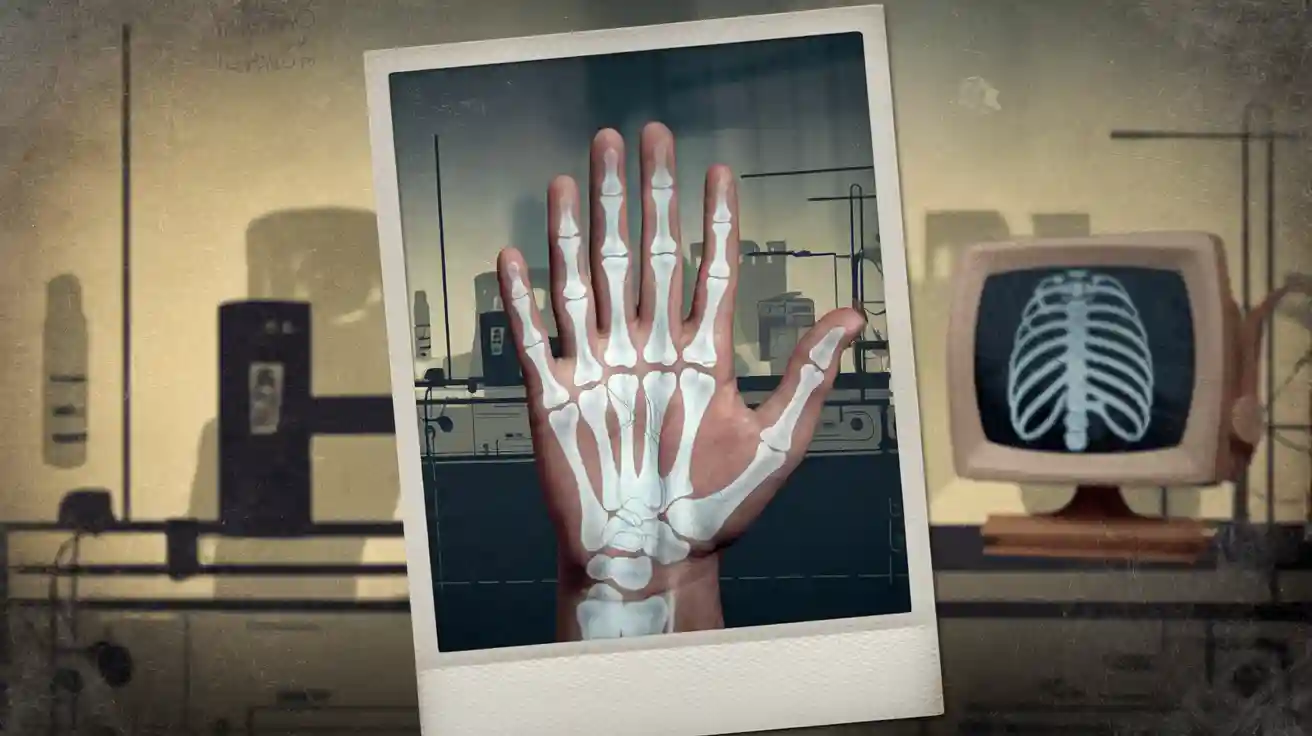

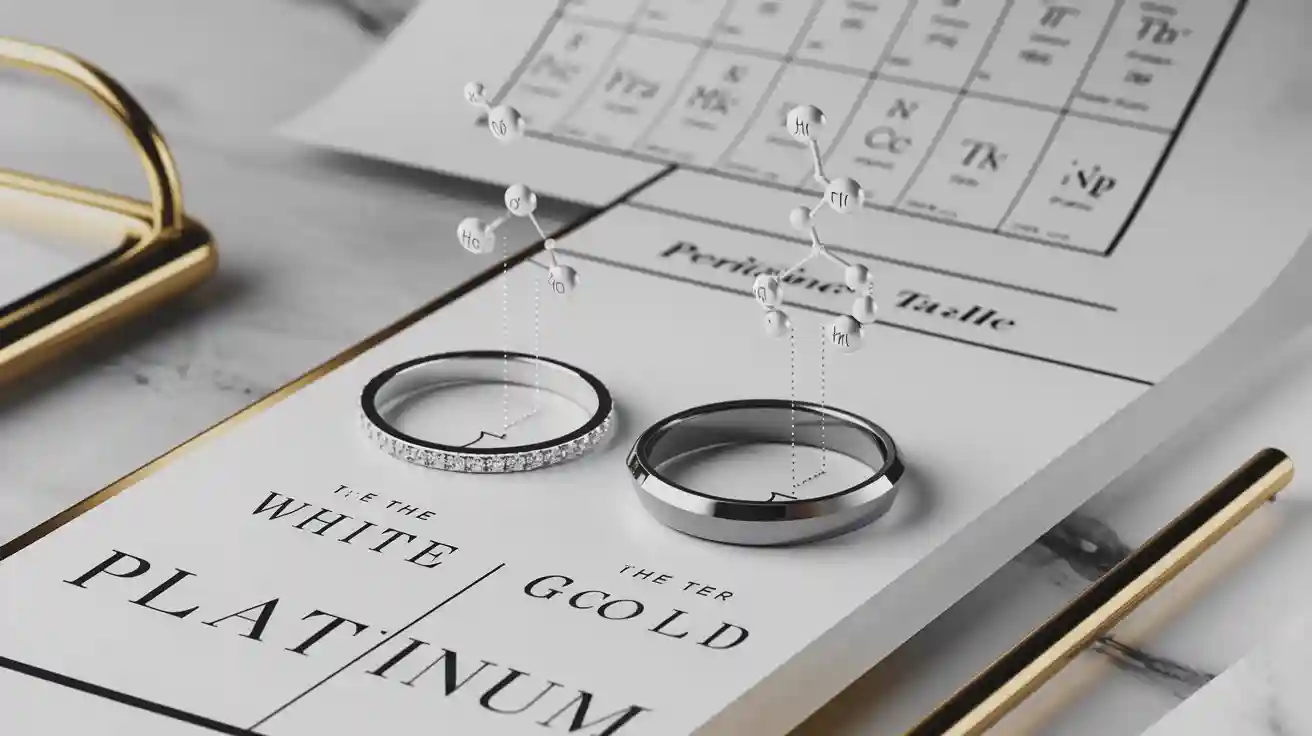
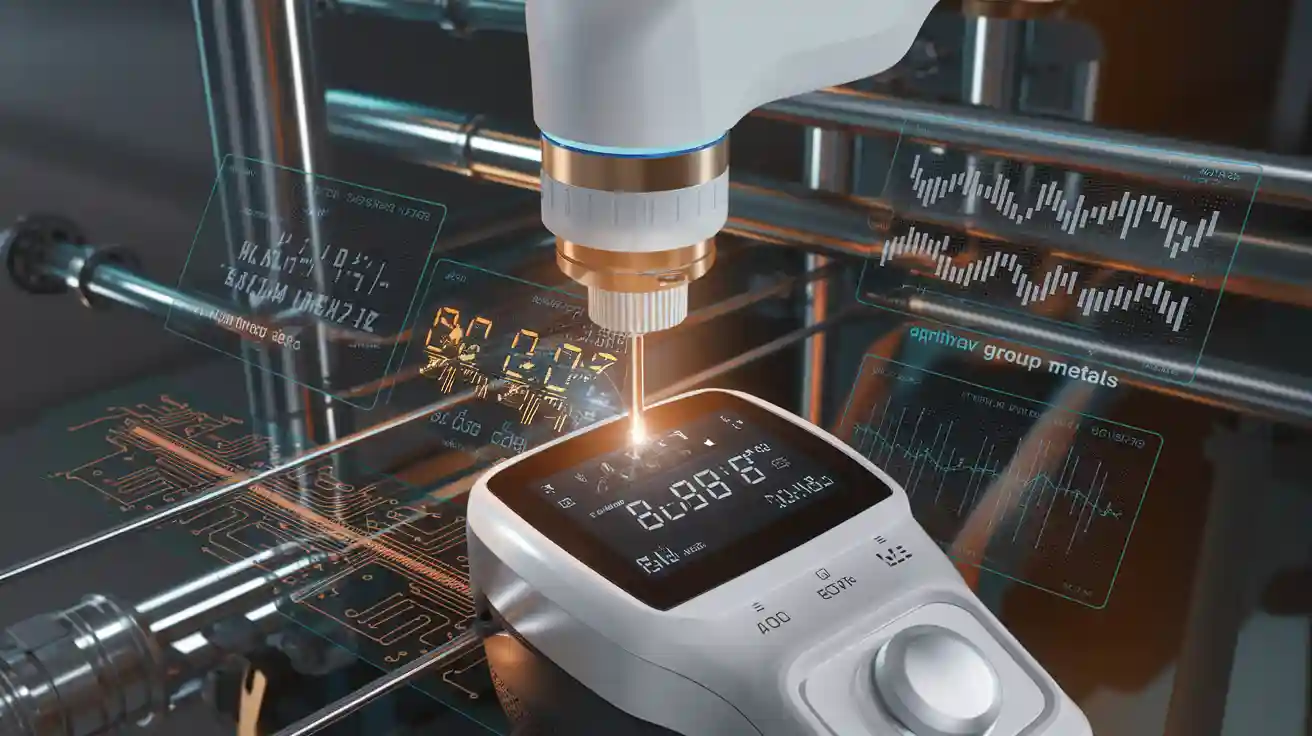
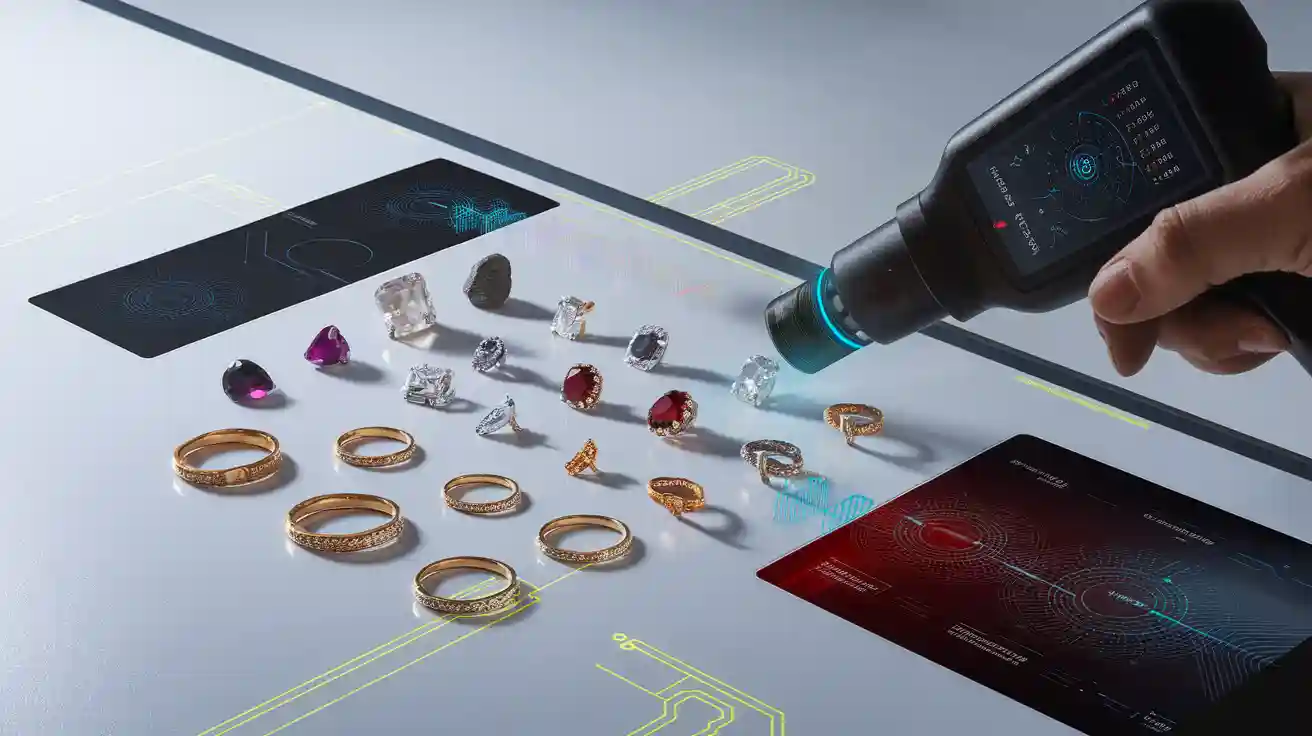

واتساب
امسح رمز الاستجابة السريعة ضوئيا لبدء دردشة WhatsApp معنا.